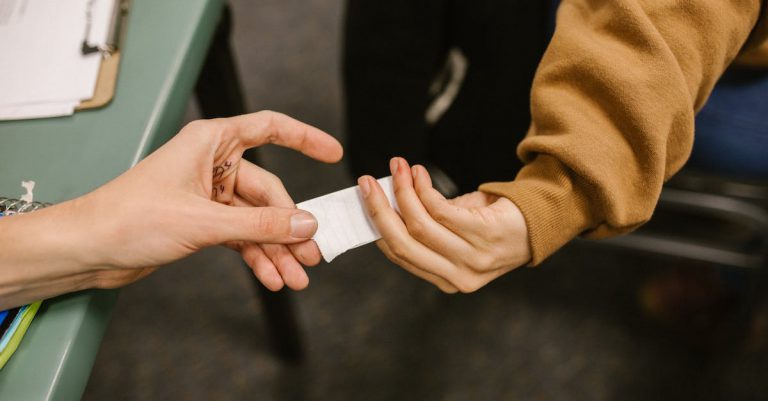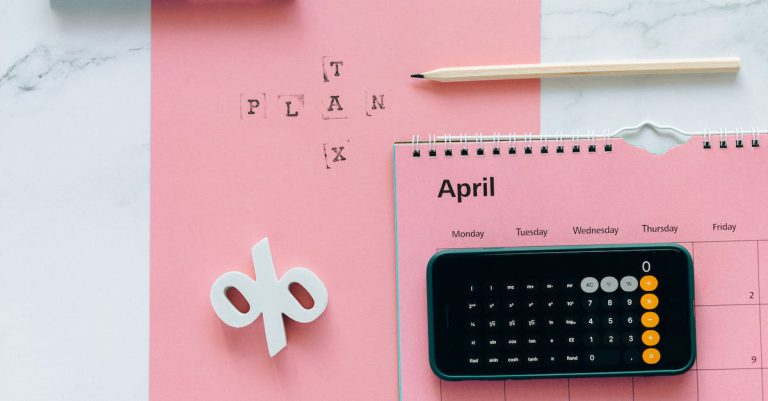Dealing with menstrual cramps can be a challenging task, especially when you’re at school and need to focus on your studies. The pain, discomfort, and inconvenience of cramps can make it difficult for you to concentrate on your classes and other activities.
If you’re one of the many girls who struggle with cramps at school, you’re not alone. In this article, we’ll provide you with some tips and remedies that can help you manage your cramps effectively and get through the school day without any hassles.
So, whether you’re a student or a teacher, read on to learn more about how you can get rid of cramps at school!
What Causes Menstrual Cramps?
Menstrual cramps, also known as dysmenorrhea, are a common issue for many people who menstruate. These cramps can range from mild discomfort to severe pain and can interfere with daily activities, including attending school. Understanding the causes of menstrual cramps can help you better manage the pain and discomfort associated with your menstrual cycle.
The Anatomy of the Menstrual Cycle
Menstrual cramps are caused by the contraction of the uterus, which is a muscular organ located in the pelvis. The uterus is responsible for shedding its lining each month during the menstrual cycle. This process is triggered by hormonal changes and leads to the menstrual bleeding that typically lasts for a few days.
Hormones and Menstrual Cramps
Hormones play a significant role in causing menstrual cramps. The two hormones involved in this process are prostaglandins and estrogen. Prostaglandins are hormones that are produced by the lining of the uterus and cause the uterus to contract. Higher levels of prostaglandins are associated with more severe menstrual cramps. Estrogen, on the other hand, influences the production of prostaglandins and can also contribute to menstrual cramps.
Other Factors that Contribute to Menstrual Cramps
Other factors that can contribute to menstrual cramps include stress, lack of exercise, and poor diet. Stress can cause the muscles in the body to tense up, leading to more severe cramps. Lack of exercise can lead to weaker muscles, which can also contribute to more severe cramps. A poor diet that is low in nutrients can lead to imbalances in hormones, which can further exacerbate menstrual cramps.
For more information on menstrual cramps and how to manage them, check out Women’s Health.
Tips to Get Rid of Menstrual Cramps at School
Menstrual cramps are a common occurrence for many women, and they can be especially inconvenient when they strike during school hours. However, there are several tips and remedies that can help alleviate the pain and discomfort associated with menstrual cramps. Here are some effective ways to get rid of menstrual cramps at school:
Stay Hydrated
Drinking plenty of water and staying hydrated can help ease menstrual cramps. Water helps to flush out toxins from the body and reduce inflammation, which can help reduce cramps. You can also try drinking herbal teas that have anti-inflammatory properties, such as ginger, chamomile, and peppermint tea.
Take Painkillers
If your menstrual cramps are severe, over-the-counter painkillers such as ibuprofen or naproxen can provide relief. Be sure to follow the recommended dosage on the label and consult with your doctor if you have any concerns.
Use Heat Therapy
Applying heat to your lower abdomen can help relax the muscles and reduce menstrual cramps. You can use a heating pad, hot water bottle, or take a warm bath to help ease the pain.
Try Gentle Exercise
Light exercise such as walking or gentle yoga can help ease menstrual cramps. Exercise helps to release endorphins, which are natural painkillers that can reduce cramps. Just be sure to listen to your body and avoid strenuous exercise if you feel uncomfortable.
Practice Relaxation Techniques
Stress can make menstrual cramps worse, so practicing relaxation techniques such as deep breathing, meditation, or visualization can help reduce stress levels and alleviate cramps.
Use Essential Oils
Essential oils such as lavender, clary sage, and rose can help reduce menstrual cramps. You can apply them topically or use them in a diffuser to help ease the pain and promote relaxation.
Take a Break When Needed
If your menstrual cramps are too severe, it’s okay to take a break and rest for a while. Talk to your teacher or school nurse if you need to take a break from class or go home early.
Remember, menstrual cramps are a normal part of the menstrual cycle, and there are many ways to manage the pain and discomfort. By following these tips and remedies, you can get rid of menstrual cramps at school and continue with your day.
Remedies for Menstrual Cramps
Menstrual cramps can be a painful and uncomfortable experience for many women. While over-the-counter pain relievers can provide relief, they may not always be available or effective. Here are some alternative remedies that may help alleviate menstrual cramps:
Herbal Remedies
Herbs have been used for centuries to alleviate menstrual cramps. Some of the most commonly used herbs include:
- Ginger: Ginger has anti-inflammatory properties that can help reduce the pain and discomfort associated with menstrual cramps.
- Chamomile: Chamomile has a calming effect on the body and can help reduce muscle spasms.
- Valerian root: Valerian root has a relaxing effect on the body and can help reduce the severity of menstrual cramps.
While herbal remedies can be effective, it is important to speak to a healthcare provider before using them, as they may interact with other medications or have side effects.
Supplements
Supplements can also be used to alleviate menstrual cramps. Some of the most commonly used supplements include:
- Calcium: Calcium can help reduce muscle cramps and may also help regulate menstrual cycles.
- Magnesium: Magnesium can help reduce muscle tension and may also help regulate menstrual cycles.
- Vitamin B6: Vitamin B6 can help reduce the severity of menstrual cramps.
As with herbal remedies, it is important to speak to a healthcare provider before taking any supplements.
Acupuncture
Acupuncture is a traditional Chinese medicine practice that involves inserting needles into specific points on the body. It is believed to help regulate the flow of energy in the body and can be effective in reducing menstrual cramps.
A study published in the Journal of Acupuncture and Meridian Studies found that acupuncture was effective in reducing the severity and duration of menstrual cramps.
Massage Therapy
Massage therapy can also be effective in reducing menstrual cramps. A study published in the Journal of Obstetrics and Gynaecology found that massage therapy was effective in reducing the severity of menstrual cramps.
Massage therapy can help reduce muscle tension and increase blood flow to the affected area, which can help alleviate pain and discomfort.
Conclusion
In conclusion, menstrual cramps can be a real challenge, especially when you’re at school. However, by following the tips and remedies discussed in this article, you can manage your cramps effectively and get through the school day without any hassles.
Remember to stay hydrated, take painkillers, use heat therapy, try gentle exercise, practice relaxation techniques, use essential oils, and take a break when needed. Additionally, consider incorporating some herbal remedies, supplements, acupuncture, or massage therapy into your routine to alleviate your cramps.
By taking care of yourself and your body, you can minimize the impact of menstrual cramps and enjoy your time at school to the fullest.






